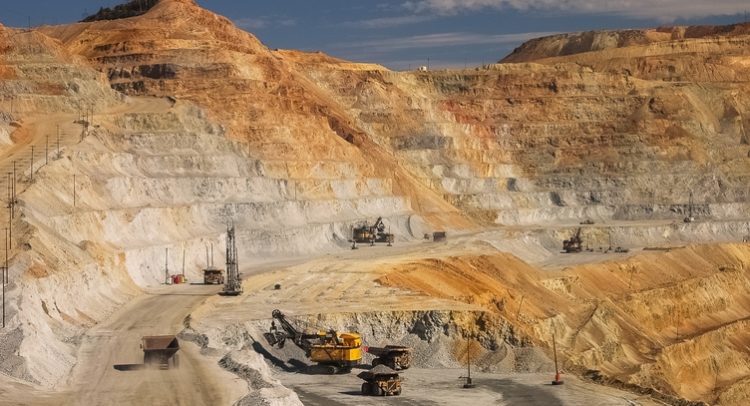James Hardie Industries plc ((AU:JHX)) has held its Q1 earnings call. Read on for the main highlights of the call.
Elevate Your Investing Strategy:
- Take advantage of TipRanks Premium at 50% off! Unlock powerful investing tools, advanced data, and expert analyst insights to help you invest with confidence.
The recent earnings call for James Hardie Industries plc painted a mixed picture for the company. While there were notable achievements such as the successful integration with AZEK and strong performance in the Deck, Rail & Accessories segment, these were overshadowed by challenges in the North American market. The decline in net sales and a conservative outlook were primarily driven by difficulties in the single-family new construction sector and compounded by raw material inflation.
Successful Integration of AZEK
James Hardie Industries has successfully completed its acquisition of AZEK, positioning itself as a leading provider of exterior home and outdoor living solutions. This strategic move has expanded the company’s offerings and increased its total addressable market to more than double the size of its legacy operations.
Strong Performance in Deck, Rail & Accessories
The Deck, Rail & Accessories segment reported mid-single-digit sell-through growth. This success was driven by channel expansion and new product innovations, particularly in the railing category, showcasing the company’s ability to adapt and grow in specific market segments.
Impressive Cost Synergy Realization
James Hardie has realized significant cost synergies, achieving more than 50% of its run rate target for general and administrative cost savings. This has resulted in a $20 million benefit to the company’s profit and loss statement for fiscal year 2026.
Recognition for Innovation
The company’s global innovation team received accolades from the National Association of Manufacturers for its outstanding innovative culture. This recognition underscores James Hardie’s commitment to developing new aesthetics and solutions in the industry.
Decline in North America Net Sales
Net sales in North America saw a 12% decline this quarter, attributed to lower volumes and efforts by customers to normalize inventory levels. This decline reflects broader market challenges that the company is currently navigating.
Market Challenges in Single-Family New Construction
The single-family new construction market faced unexpected challenges, particularly in the South, leading to a significant decline. Homebuilders are moderating their demand expectations, which has impacted James Hardie’s performance in this sector.
Lower Volume Outlook and Soft Demand
The company has projected a lower volume outlook due to market softness and defensive inventory strategies by distributors and dealers. This has led to a conservative revision of the full-year guidance.
Raw Material Inflation Impact
Persistent inflation in raw materials, especially pulp, has pressured margins. However, James Hardie expects this headwind to ease as the year progresses, which could provide some relief to the company’s financial performance.
Forward-Looking Guidance
Looking ahead, James Hardie has provided significant guidance for the upcoming quarters. The company anticipates a high single-digit decline in market demand for its Siding & Trim segment due to affordability pressures and macroeconomic uncertainties. However, the Deck, Rail & Accessories segment is expected to achieve net sales between $775 million and $800 million over the next nine months. Despite the challenges, James Hardie is confident in reaching $1.05 billion to $1.15 billion in adjusted EBITDA for fiscal year 2026, with a substantial contribution from the AZEK acquisition.
In summary, the earnings call for James Hardie Industries plc highlighted a blend of achievements and challenges. While the company has made significant strides in integration and innovation, it faces hurdles in the North American market and raw material costs. The forward-looking guidance reflects both caution and optimism, as James Hardie navigates the complexities of the current economic landscape.
















